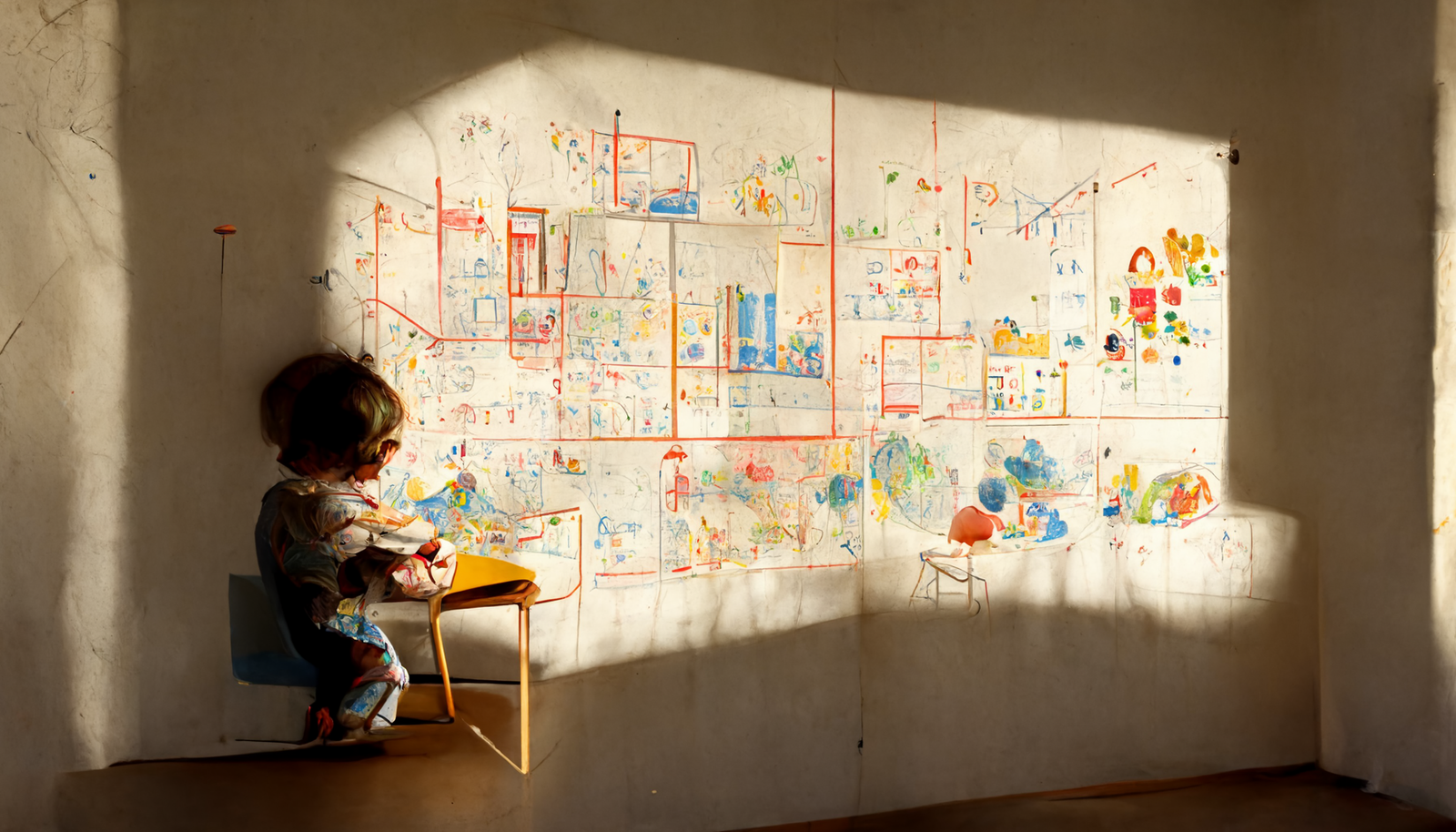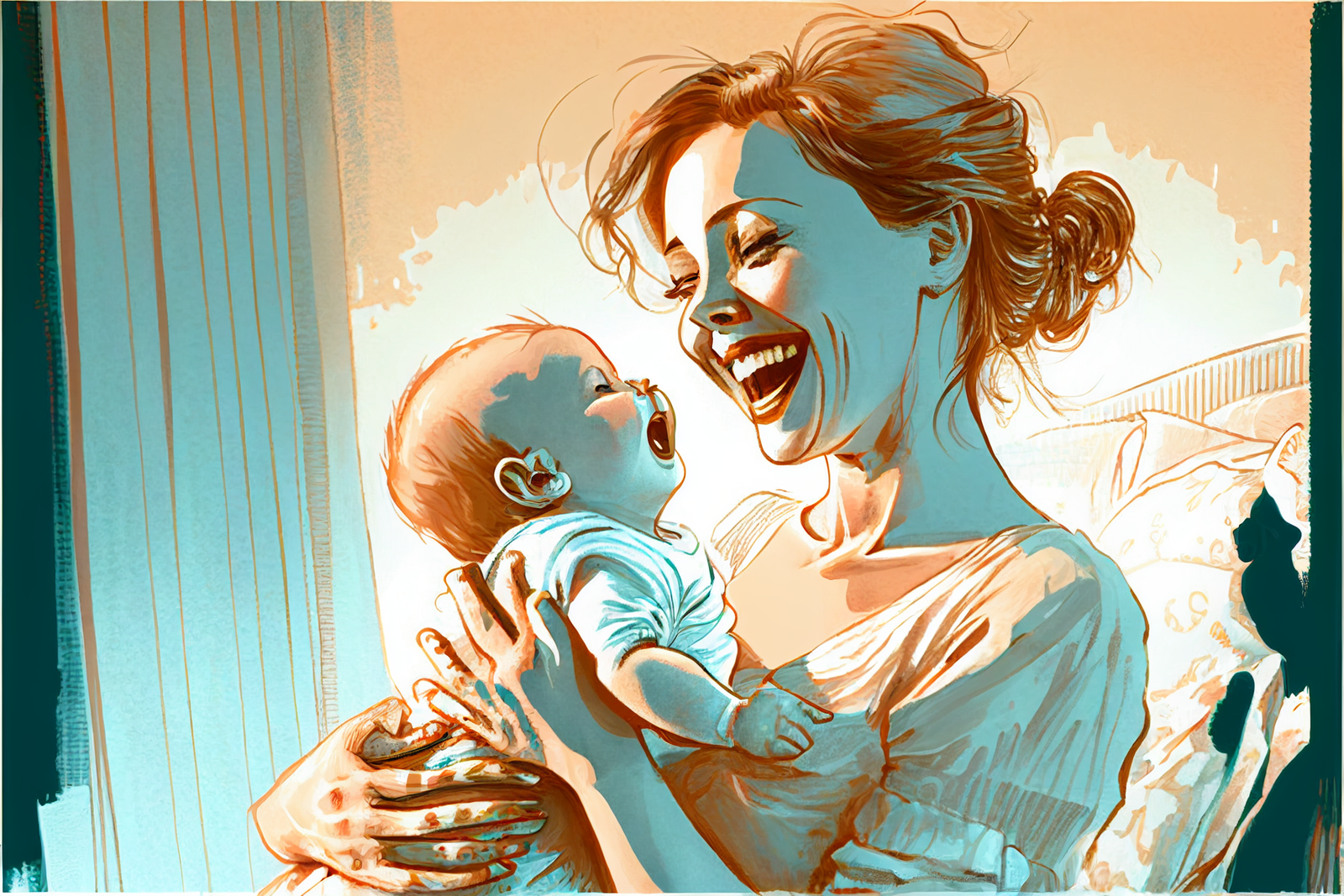In the vast landscape of parenting styles, one that often raises eyebrows and concerns is uninvolved parenting. This article delves deep into the intricacies of uninvolved parenting, exploring its style, characteristics, and providing real-life examples to shed light on this less-discussed aspect of parenting.
Let’s Unpack Uninvolved Parenting
Digging into the Definition
Alright, let’s get cozy with the concept of uninvolved parenting – it’s like that laid-back approach where parents are a bit hands-off emotionally. Imagine a scenario where communication takes a back seat, and there’s not much interaction between parents and kids. We’re diving deep to really understand the ins and outs of what this style is all about.
What Makes Uninvolved Parenting, Well, Uninvolved?
Picture this parenting style as a kind of laissez-faire situation. Parents might be physically present, but emotionally, they’re not quite in the game. It’s not about neglect out of malice, but more about a lack of involvement and responsiveness. This section breaks down the nuances, helping you differentiate it from other parenting styles.
The Ripple Effect of Uninvolved Parenting
Emotional and Psychological Rollercoaster
Buckle up because here’s where we discuss how uninvolved parenting can be a real emotional rollercoaster for kids. We’ll dive into studies and expert insights to reveal how the long-term emotional impact can shape a child’s worldview and sense of self.
Report Card on Academics and Social Scenes
Uninvolved parenting isn’t just backstage in the emotional department; it also plays a role in a child’s academic and social journey. We’ll sift through research findings that spill the beans on how this parenting style might affect a kiddo’s performance in school and their interactions with peers.
Spotting Uninvolved Parenting from a Mile Away
Red Flags and Behavioral Clues
Get ready to put on your detective hat! This section is all about spotting those telltale signs that might indicate uninvolved parenting. From lack of interest to minimal communication, we’ll help you identify these behavioral patterns in both parents and children.
Extending a Helping Hand
But hey, spotting the signs is just the first step. We’ll also explore how communities, resources, and a supportive environment can play a crucial role in helping families dealing with the challenges of uninvolved parenting. It’s about creating awareness and being that friendly neighbor who lends a helping hand.
Concluding Thoughts on Uninvolved Parenting
As we conclude this exploration of uninvolved parenting, it is crucial to reflect on the insights gained. Uninvolved parenting presents profound challenges, impacting a child’s emotional, social, and academic development. However, this understanding is not meant to cast blame but to inspire positive change.
In acknowledging the complexity of family dynamics, it becomes apparent that intervention and support are pivotal. By recognizing the behavioral patterns associated with uninvolved parenting, communities, educators, and professionals can extend a helping hand to families in need. Education and awareness play key roles in breaking the cycle of neglect, fostering an environment where parents can engage more actively in their children’s lives.
The real-life examples provided serve as cautionary tales but also as beacons of hope. By learning from these experiences, we empower ourselves to create a more compassionate and informed society. The lessons drawn from this exploration underscore the importance of open dialogue, community resources, and a collective effort to uplift families facing the challenges of uninvolved parenting.
In essence, our journey through uninvolved parenting emphasizes the need for empathy, understanding, and actionable steps toward positive change. It is through awareness and intervention that we can contribute to the well-being of children in uninvolved parenting situations, fostering a future where every child feels valued, supported, and ready to embrace their full potential.



